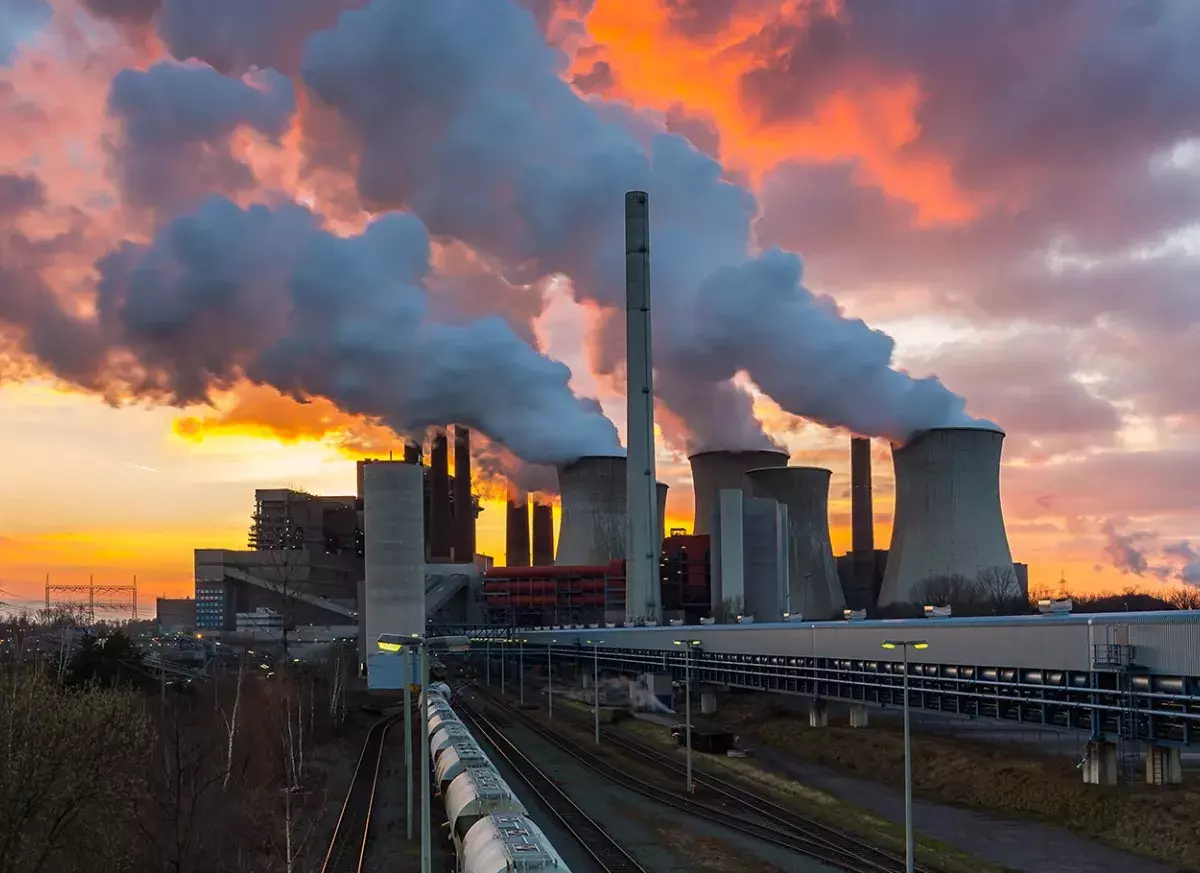Energy transition well underway despite interest rate setbacks
A new report from the Oxford Sustainable Finance Group concludes that despite a threat from high interest rates, the global transition to renewable energy is well underway.
Evidence shows the green energy transition continues at pace
The report finds that low-carbon capital expenditure (CAPEX) has overtaken oil and gas CAPEX globally, and the share of exploration-related activities in oil & gas CAPEX has fallen over time. Within the power sector, fossil fuel capacity has peaked in North America and Europe.
The research also highlights that renewables are viewed as lower risk than fossil fuels, evidenced by their different costs of debt. Project finance transactions are priced as a ‘spread’ over a floating interest rate. The report shows that over the past decade, investments in solar and wind have been perceived as lower risk than fossil fuels, with spreads that are lower by around 33% (200bps vs 300bps).
Higher costs of capital for renewables, driven by higher interest rates, could threaten the energy transition
In North America and Europe the cost of debt for renewables was 4 times higher in 2023 than in 2020, driven by increases in base interest rates. The biggest jump was seen in Western Europe, where the cost of debt for solar and wind grew from 1.4% to 6%.
High interest rates have a disproportionate impact on the green transition because renewables are more sensitive to changes in financing costs than fossil fuel energy, explains Dr Gireesh Shrimali, Head of Transition Finance Research, Oxford Sustainable Finance Group. We need more policies that help to lower the average cost of capital, such as dual interest rates and public guarantees, to ensure investment can continue at pace.
Supportive policy, such as the Inflation Reduction Act, is necessary to keep the transition on track
The report highlights that the Inflation Reduction Act appears to have significantly increased low-carbon investment in North America. In 2023 project finance investment in renewables projects almost doubled, from $37bn to $69bn, and the corporate cost of debt of renewable fuels and technology fell below oil and gas.
This report highlights that good industrial policy is climate policy, says Christian Wilson, study author and researcher at the Smith School of Enterprise and the Environment, University of Oxford. The success of initiatives like the IRA in driving clean energy investment should inspire other parts of the world to follow suit.
Challenges remain to the green transition
The report highlights that progress on the energy transition is happening despite the number of liquified natural gas assets under development steadily increasing.
It also notes that fossil fuel companies are unlikely to fund the transition, pointing out that only 2% of upstream CAPEX investments by cash-rich oil & gas firms are low carbon and that this number has seen very little growth over the past decade.
We still need to tackle the long tail of coal and natural gas, but as far as wind and solar finance and debt is concerned, the take home message is that the transition is happening – and that dropping interest rates for renewables could make it happen even faster, concludes Dr Shrimali.
Learn more
Renewable energy has cheapest cost of capital in Europe
A new report from the Oxford Sustainable FInance Group finds that globally, renewable electric utilities are cheaper to finance than fossil fuel-focused peers. The report is the most comprehensive analysis of cost of capital trends across the global energy sector over the past two decades
Energy transition risk & cost of capital
Beginning with the energy sector, the Energy Transition Risk and Cost of Capital Project (ETRC) is exploring how to rebalance the cost of capital in favour of clean rather than polluting assets.




